Computer viruses are nefarious, chilling and increasingly sophisticated. The way their makers constantly reinvent the tactics that will bypass all security measures and infect our privacy, businesses and governments deserves our attention. That’s exactly why Het Nieuwe Instituut in Rotterdam has dedicated an exhibition to the intrinsic beauty and cleverness of their contagious tactics. Malware. Symptoms of a Viral Infection (open until 10 November and curated by Bas van de Poel and Marina Otero Verzier) is an anthology of some of the most cunning forms of bugs, worms, ransomware and Trojan horses. The collection is informative and at times also quite entertaining. Except of course if you’ve recently been a victim of this type of computer villainy.

CodeRed Malware. Photo credit: Johannes Schwartz for Het Nieuwe Instituut
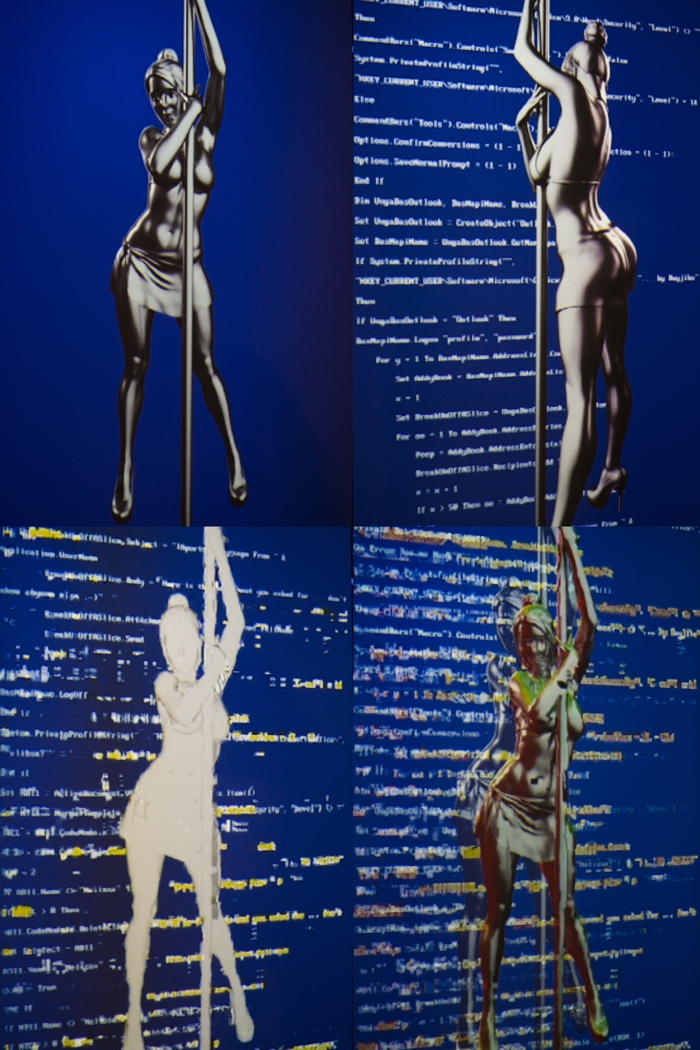
Melissa Virus Malware. Photo credit: Johannes Schwartz for Het Nieuwe Instituut
I reviewed the exhibition shortly after having visited it but i thought it would be a pity if i didn’t try and interview Bas van de Poel. The designer is a connoisseur of computer viruses. Back in 2014 already, he compiled a Computer Virus Catalog, a kind of album of computer viciousness interpreted and illustrated by graphic designers.
Hi Bas! I keep reading that you were born the same year as the first computer virus. But surely that’s not what sparked your fascination for malware. How did you get so interested in them?
My dad was very involved with computers and technology. I got a computer when I was quite young and got exposed to the early DOS viruses. I was immediately intrigued by them and by their aesthetic beauty. In my teenage years, mass mailing really took off. ILOVEYOU, Melissa and others viruses further got me interested in the dark side of computing and that inspired me to tinker a bit myself with viruses. An interest which got me suspended from high school one day. After art school, I launched the Computer Virus Catalog which is basically an illustrated guide to the world’s most destructive viruses in computer history. That sparked my interest to look at viruses from a design perspective.
Do you think people are conscious of the threat that malware poses? Would you say that the media brings enough attention to it?
There’s certainly attention to the issue. However, my general observation is that the problem often appears so “technical” that different types of malware and cyberattacks are often covered in very general terms or turned into attention-grabbing and oversimplified headlines.
Could you tell us about the selection process for the exhibition? What guided your selection of malware? Did you and Marina Otero Verzier try and find the most iconic, the ones that made the most damage? The ones that gave you the best opportunities to share an interesting story?
The curation process was a daunting task. There are more than a million viruses in the world. Together with Marina, we looked at the cultural, social, political and economic impact of these viruses and made a selection based on that. The exhibition is chronological so we looked at the timeline, starting with the very first computer viruses and followed their evolution. Furthermore, we looked at the socioeconomic cultural context of these viruses.
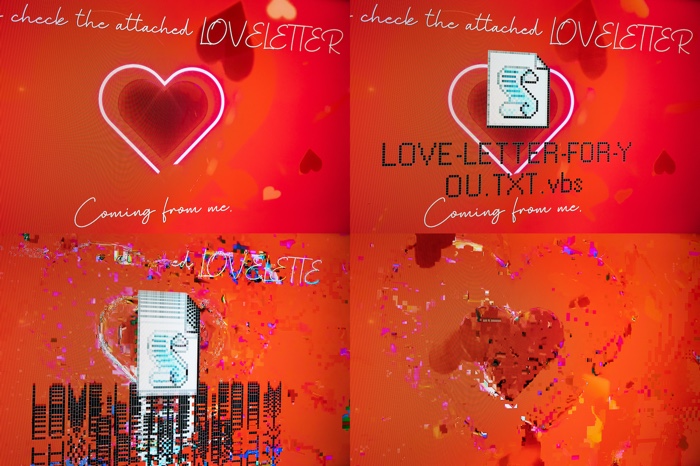
ILOVEYOU Virus Malware. Photo credit: Johannes Schwartz for Het Nieuwe Instituut
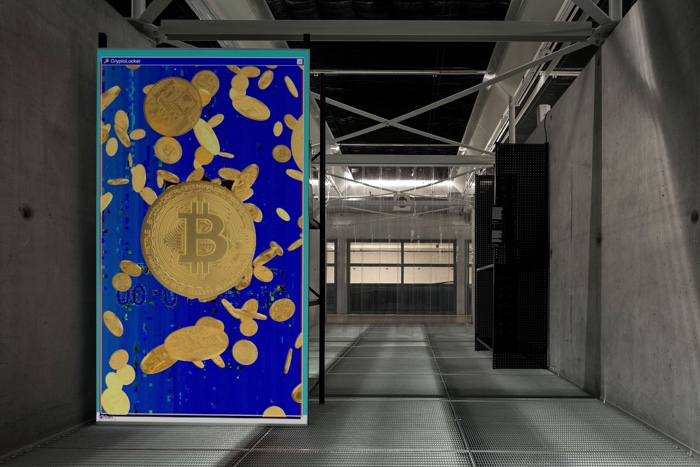
CryptoLocker, Malware, exhibition view at Het Nieuwe Instituut. Photo credit: Ewout Huibers
The premise of the Malware exhibition at Het Nieuwe Instituut is that malware are manifestations of creativity, that they can be pieces of design. So what would be the role of designers in this context? How can they contribute to counter the way malware spread and wreak havoc?
The exhibition does indeed look at the creators of viruses as designers, focusing on the beauty, sophistication of their work and highlighting the unique method of impact they developed. At the same time, there is an ongoing arms race between white hat designers and black hat designers. Designers don’t always take into account that the product or service they are developing can be used for malicious purposes. When Microsoft introduced the Macro language which is a programming language for their Office Suite, their aim was to empower people to be more creative with the products, to explore and expand their possibilities. The introduction of that language gave rise to a whole new type of malware making Melissa, I Love You, Anna Kournikova and other types of mass mailing worms possible.
Designers should be very much aware of how their creations can be used or contextualised to have a negative impact, how they can be used with malicious intent.
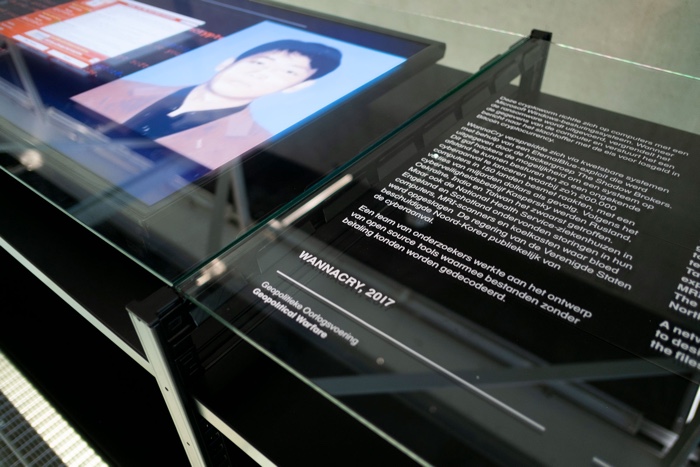
Malware, exhibition view at Het Nieuwe Instituut. Credits: Astin le Clercq
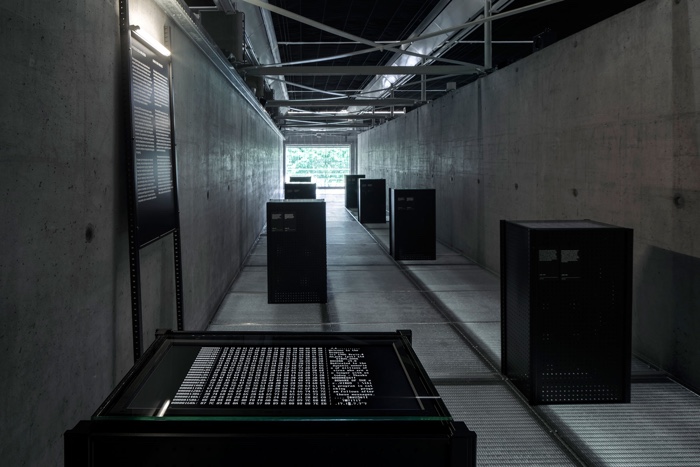
Malware, exhibition view at Het Nieuwe Instituut. Credits: Ewout Huibers
You worked with Tomorrow Bureau to visualise viruses and their impact. How much did you use archive material and how much did you rely on creativity?
The early DOS virus were very explicit. As soon as your computer was infected, you saw it. However, as viruses developed and become more complex, they also become more invisible. And that was the challenge from the curatorial point of view: “How do you make the invisible visible?”
Each corridor in the exhibition focuses on a certain era in the history of malware (and in general, technological advancement.) The first corridor features early DOS viruses, the second corridor Windows worms and ransomware and the final corridor highlights malware used for geopolitical purposes.
From a visual point of view, we also tried to reflect the generalised aesthetics of each particular era.
Starting with the 8-bit aesthetic, then UI elements from Windows 95-98, up to the current moment we’re living. We are now dealing with highly advanced ransomware. We tried to reflect the sophistication of today’s malware by using highly complex renderings in combination with propaganda media materials..
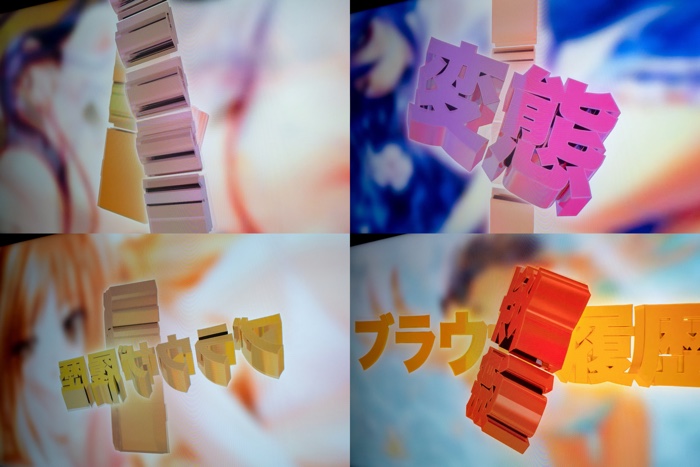
Kenzero Malware. Photo credit: Johannes Schwartz for Het Nieuwe Instituut
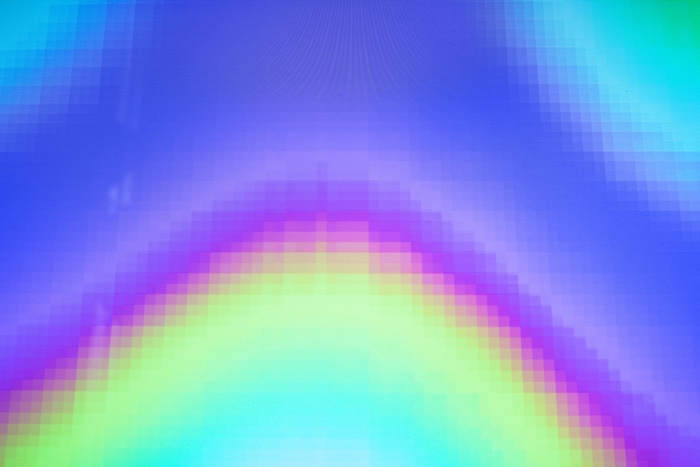
LSD Virus Malware. Photo credit: Johannes Schwartz for Het Nieuwe Instituut
In 2014, you compiled an impressive Computer Virus Catalog. How has the field evolved over the past 5 years?
I think it has become evident that technology has lost its innocence the past 5 years. And I’m not only talking about viruses. Facebook, to take a more recent example, is no longer an innocent platform used for social interactions. It turns out it has the ability to undermine entire democracies. There has been a better understanding of how the digital reality of malicious software can have impact on the physical realities we live in. A virus like Stuxnet, for example, was already out when I was working on the catalogue but it was relatively targeted form of malware. More recently however, a malware like Petya targeted businesses, disrupted airports, banks and hospitals. It had huge implications on the daily life of the citizens of Ukraine. I would thus say that the impact of malware attacks have become more evident to all.
Thanks Bas!
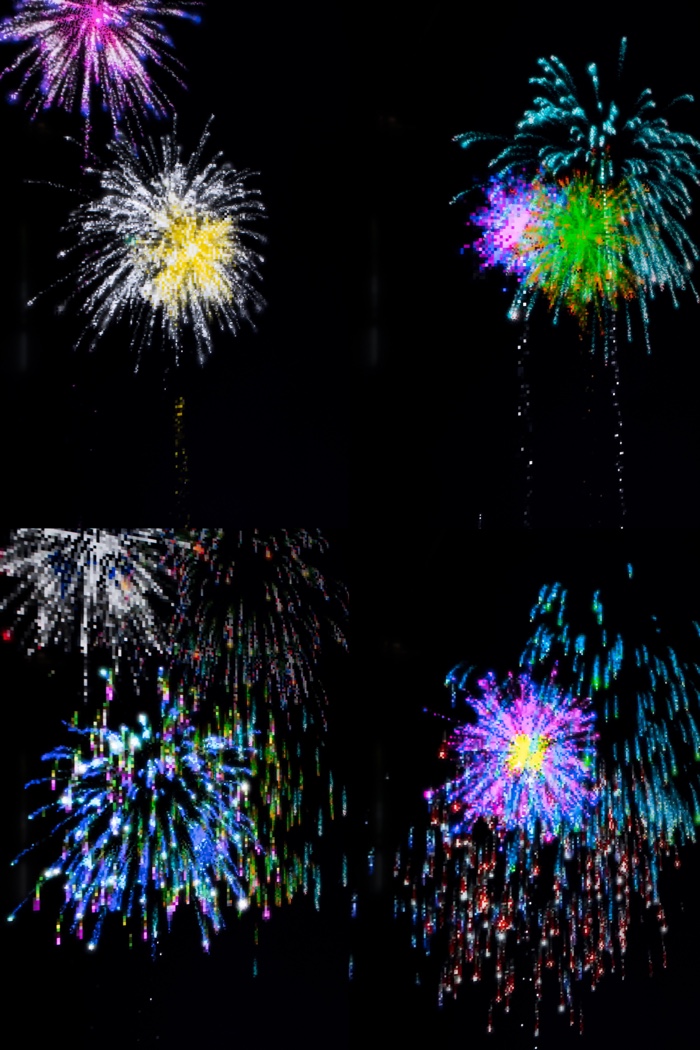
Happy99 Virus Malware. Photo credit: Johannes Schwartz for Het Nieuwe Instituut
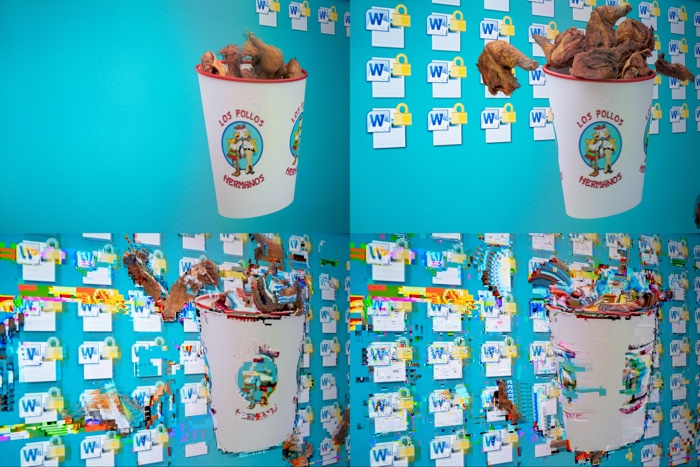
PollyCrytp Malware. Photo credit: Johannes Schwartz for Het Nieuwe Instituut
Malware, curated by Bas van de Poel and Marina Otero Verzier, remains open until 10 November 2019 at Het Nieuwe Instituut in Rotterdam.
Previously: Malware: What if we looked at computer viruses as works of design?
